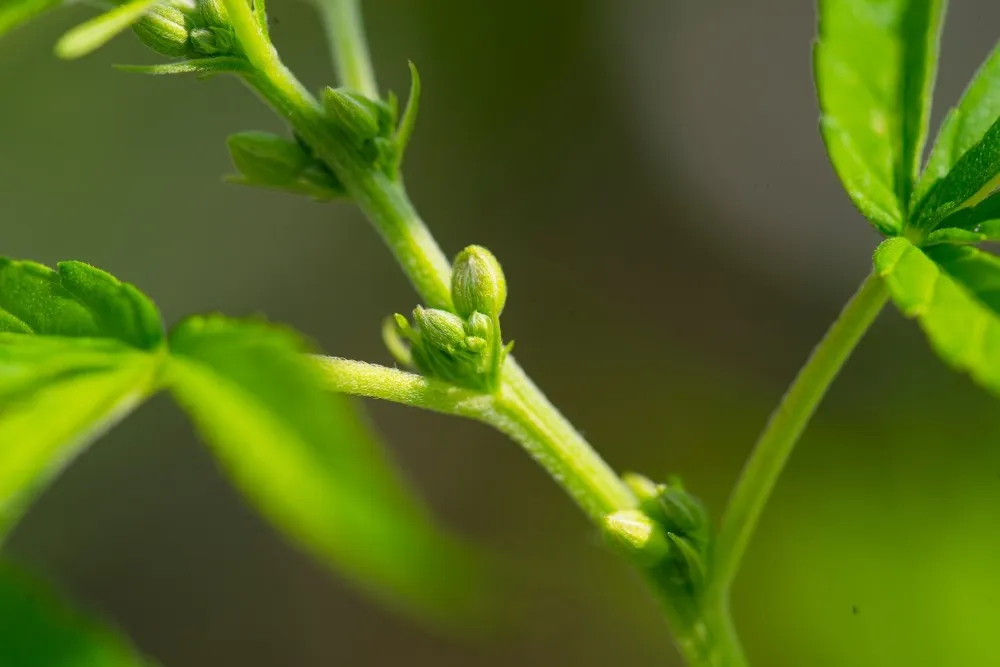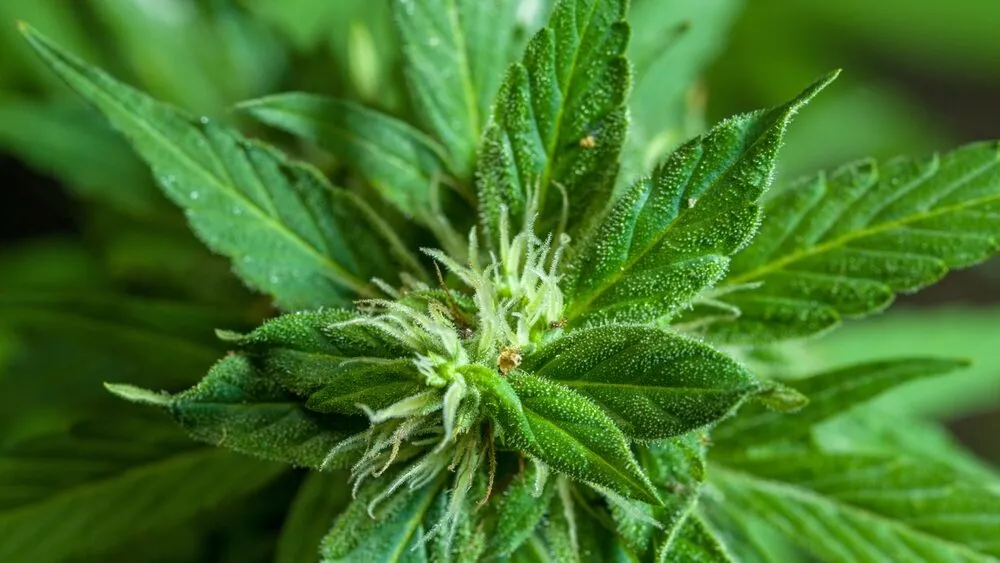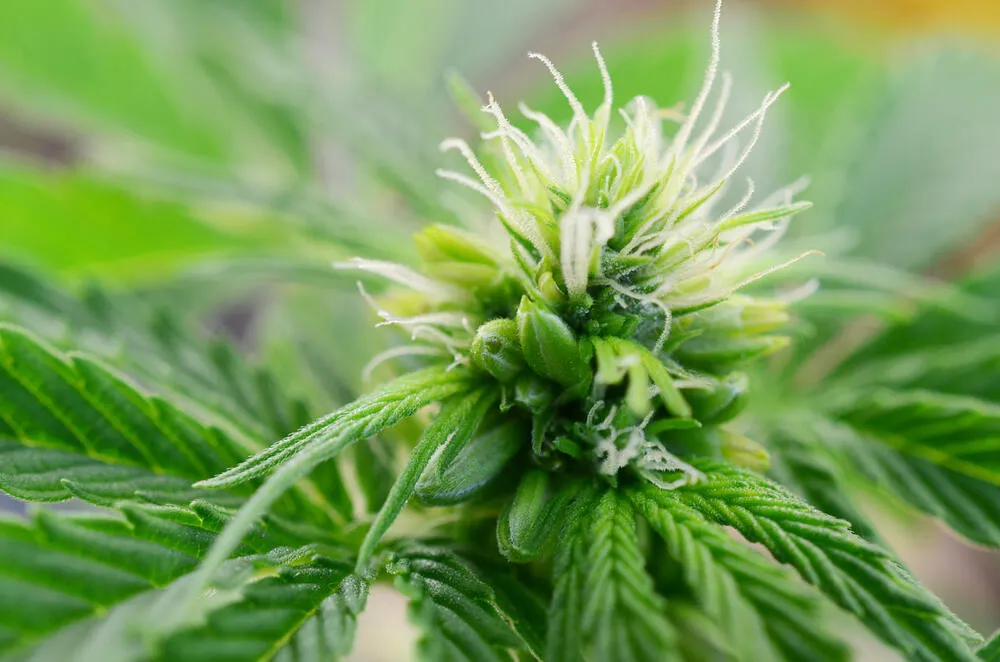Understanding the difference between male and female cannabis plants is super important. It’s like knowing the difference between a rooster and a hen - one makes eggs, and the other doesn’t. The same goes for cannabis. Female plants are what you’re after if you want buds, while males are used solely for breeding purposes. I will walk you through everything you need to know to easily identify them and understand why it matters.
Understanding the difference between male and female cannabis plants
When you first start growing weed, it’s all about the ladies. Female plants are the ones that give you those big, beautiful buds that make the effort all worth it. On the other hand, male plants won’t give you any buds, but they are needed if you ever want to breed cannabis and create your own strain.
Physical characteristics of male vs female cannabis plants
Male plants typically show their signs of gender a little earlier than females. They grow pollen sacs instead of flowers. These little sacs are like miniature balls clustered around where leaves meet the stem. Female plants, though, will start growing white pistils (they look like tiny hairs) at those same spots, which is how you know you’ve got a bud producer.
Role of male plants in reproduction
When male pollen sacs burst open, they release pollen into the air which then fertilizes nearby female plants, which then in turn produce seeds. If you’re breeding cannabis or producing seeds, you will need male cannabis plants, however if you want seedless, smokable buds, you’ll need to keep those males far away from your females to prevent accidental pollination.
Role of female plants in reproduction
Once a female plant has been fertilized by male pollen, it will start producing seeds. But if you keep the males away, female plants will keep focusing on producing those resin-covered buds we all know and love. That’s why growers usually separate males from females in their grow room as soon as they see the first signs of gender.
Why Identifying the Sex of Cannabis Plants is Important
Knowing the sex of your cannabis plants is critical to getting the best results from your grow. If you let male plants hang around too long, they’ll fertilize the females, and instead of buds, you’ll end up with a bunch of seeds. Not ideal if you’re trying to harvest good quality flower.
Impact on cannabis cultivation and yields
Males don’t just mess with your female plants’ buds; they also take up space and resources that could be better used by your females. If your goal is to grow cannabis for flower, removing males early will help you get bigger, better yields from your female plants.
How male plants affect female plants
Once a male plant releases pollen, it can travel to the female plants and fertilize them. This is where your buds stop growing and seeds start forming, hence why pollinated plants will produce much smaller flowers. If you’re after resinous, seedless buds, keeping males out of your grow room is a must.
The importance of separating male and female plants
Unless you’re breeding or making seeds, keeping male and female plants apart is a top priority. It’s best to remove males as soon as you can identify them. The earlier you catch them, the less risk they pose to your female plants.
How to identify male cannabis plants

Identifying a male plant early can save you a lot of trouble down the line. Males usually show their sex first, so you’ll want to keep an eye out once your plants start maturing.
Males will grow little ball-like pollen sacs at the joints of the branches, while females will develop white pistils. If you see clusters of balls forming, that’s your cue to pull the plant before it can do any damage.
When male plants typically start showing their sex
Male plants generally start showing their sex between 3 to 4 weeks after planting, sometimes earlier. They mature faster than females, which gives you a head start on pulling them out before they get too close to pollinating your females.
Other methods to confirm male plants
Besides the visual cues, you can also get plant testing kits that allow you to test the sex of your plants even earlier. This can help you sort out your males before they even start showing those pollen sacs. However, this is an expensive way to do things so unless you are a large-scale professional breeder it's probably not worth considering.
How to identify female cannabis plants

Females are a bit more low-key than males when they first start showing. But once you spot those first pistils, you know you’re in the clear.
Female plants will grow tiny white hairs (pistils) at the joints where the branches meet the stem. These pistils are the early signs that the plant is ready to start producing flowers.
How to tell when a female plant is in the pre-flowering stage
In the pre-flowering stage, you’ll start to see more and more of those white pistils forming. This means your plant is getting ready to flower, and the buds are on their way.
Differentiating between early signs of male and female plants
Males have pollen sacs; females have pistils. If you see little clusters of balls, it’s a male. If you see tiny white hairs, it’s a female. Once you can spot the difference, it’s pretty straightforward to tell them apart.
Hermaphrodite cannabis plants and what to do about them

Sometimes, cannabis plants can become hermaphrodites, meaning they show both male and female traits. This usually happens due to stress, and it’s something you’ll want to avoid.
Hermaphroditism can be caused by things like light stress, temperature swings, or physical damage. A plant under stress might decide to develop both male and female parts as a way to self-pollinate.
How to identify hermaphrodite plants
Look for both pistils and pollen sacs on the same plant. If you see these, your plant has gone hermaphrodite, and you’ll need to remove it to avoid accidental pollination of your other plants.
Managing hermaphrodites to avoid pollination
The best way to deal with hermaphrodites is to remove them from your grow room as soon as you spot them. Even a single hermaphrodite can pollinate your entire crop if left unchecked.
Other interesting information and FAQs
Benefits and uses of male cannabis plants
While male plants aren’t what most people are looking for in their grow, they’re still useful in certain situations, especially if you’re looking to breed or produce seeds.
Uses in breeding and seed production
If you’re breeding cannabis, male plants are essential for producing seeds. You’ll use the pollen from male plants to fertilize females and create new strains.
Industrial uses for male cannabis plants
Male cannabis plants also have industrial uses. They produce strong fibers that can be used for things like rope, fabric, and other hemp-based products.
Male cannabis plants in hemp production
In hemp production, male plants are often used for their strong fibers. Hemp doesn’t require seedless buds like cannabis for smoking, so male plants are much more useful in this scenario.
Can male cannabis plants produce buds?
No, male cannabis plants don’t produce buds. They only grow pollen sacs used for breeding purposes.
How early can you tell if a cannabis plant is male or female?
You can usually tell around 3 to 4 weeks after planting. Male plants show their sex earlier by developing pollen sacs.
What happens if male plants pollinate female cannabis plants?
Female plants will stop producing buds and instead focus on making seeds, reducing your flower yield.
Can you grow both male and female cannabis plants together?
You can, but it’s not recommended unless you’re breeding. Male plants will pollinate females and reduce bud production.
What are hermaphrodite cannabis plants, and how can you prevent them?
Hermaphrodite plants develop both male and female traits. You can prevent them by reducing plant stress and removing any hermaphrodites from your garden.










